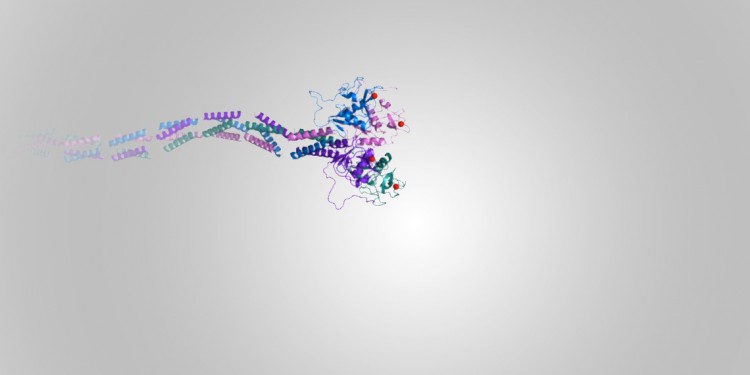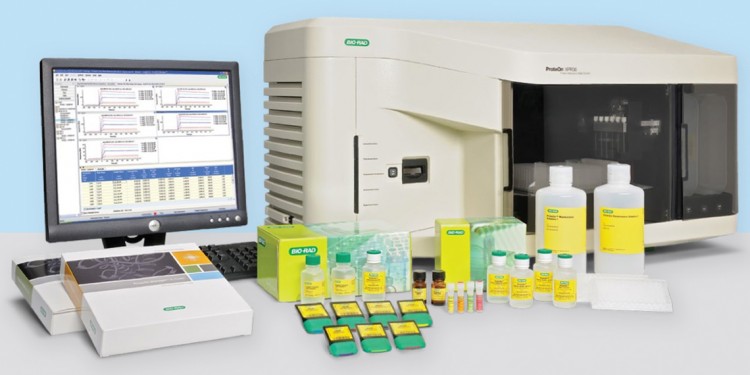
Building New Anti-HIV Molecules with Bio-Rad’s ProteOn™ XPR36 System

Efficient SPR-Based Fragment Screening and Small Molecule Affinity Analysis Using Bio-Rad’s ProteOn™ XPR36 System
Breaking Leukemia’s Limits of Detection with Droplet Digital PCR

Revealing BRCA2 Pathways in Cancer with Bio-Rad’s V3 Western Workflow

Reliable, Streamlined 2-D Western Blot Workflow for Evaluation of Antibodies Developed for Detection of Host Cell Proteins

Using Bio-Rad’s PDQuest Software to Generate a Match Rate between 2-D Electrophoresis and Western Blotting

Investigating Protein Translation with Bio-Rad’s NGC Chromatography System


